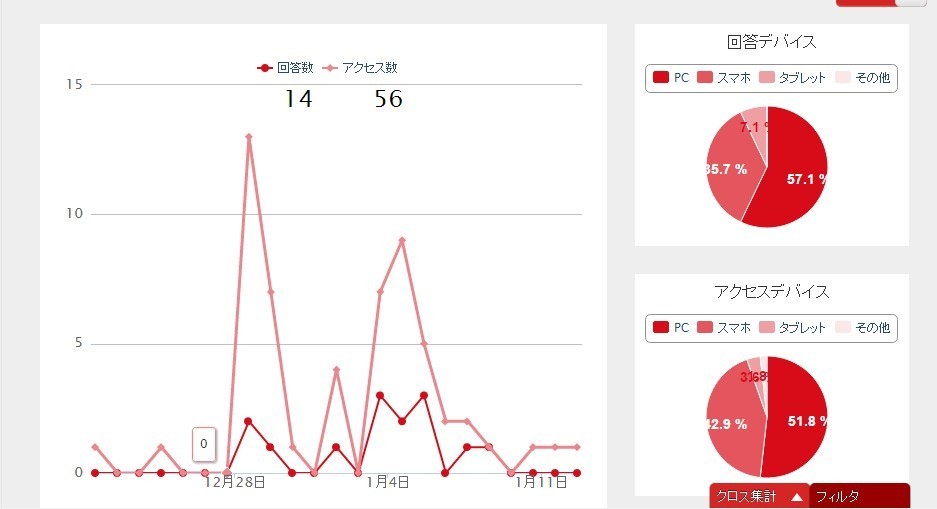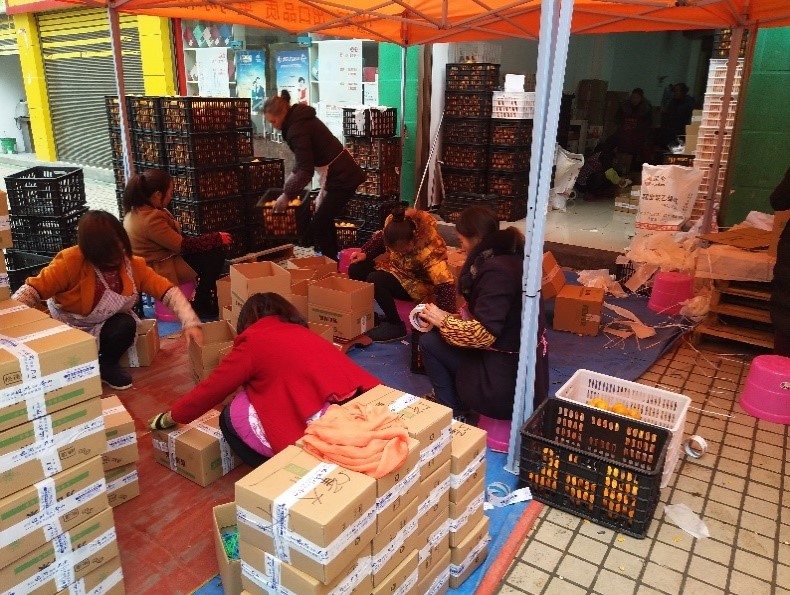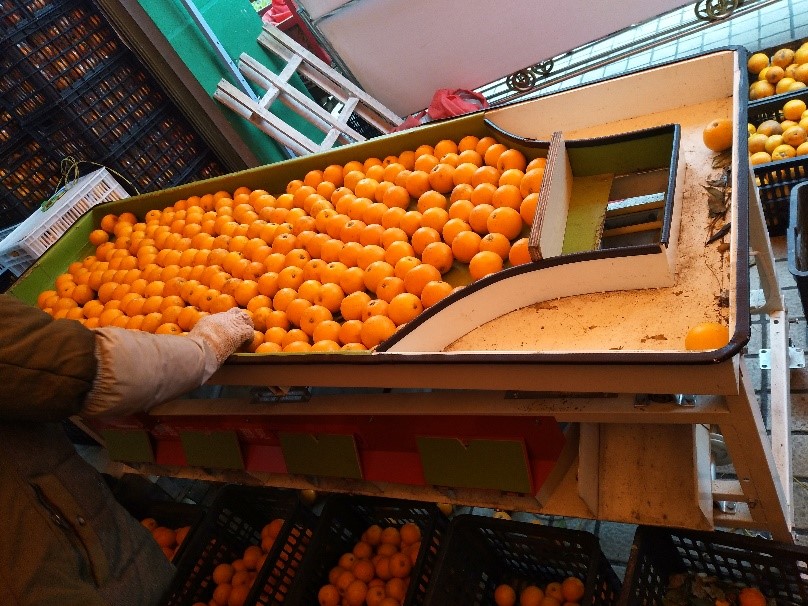Direction of development of online sales of agricultural products
※The content is current at the time of writing.
How will online sales of agricultural products develop in the future?
Research Background

The distribution of agricultural products is a system in which agricultural products shipped from farmers reach us via wholesale markets. But recently, the situation at wholesale markets has changed as farmers and shippers have grown larger and the demand from supermarkets and mass merchandisers has increased. As a result, problems have arisen in wholesale markets. Logistics costs are higher and product standards are stricter, so product losses are increasing.
Recently, more and more agricultural products are being sold through direct trade and direct sales outlets, rather than through wholesale markets. Internet sales are also spreading rapidly among them.
Research Overview
With the spread of the Internet, “two-way communication between producers and consumers” has become an important sales method for agricultural products. Nowadays, there are various people and organizations selling agricultural products online, including producers, retailers, wholesalers, shopping malls, and agricultural cooperatives, etc. “Direct-to-consumer online sales” by the producers themselves are particularly effective in utilizing this “two-way communication.
Unlike other sales methods, when producers sell their produce directly online, they can take advantage of two-way communication through the Internet. This allows them to communicate a variety of information to consumers, including information about local attractions and locally produced agricultural products. So, in addition to simply selling agricultural products, it is also possible to direct consumers’ attention to the production area.
For example, by communicating social activities related to the product and information about agriculture and rural communities, you can build a relationship of trust with consumers. And it is also possible to have shared values with consumers. In short, online sales of agricultural products allow producers and consumers to communicate directly through the Internet. By communicating information about local attractions and agricultural products to consumers, producers can direct consumers’ attention to the production area, build a relationship of trust, and ultimately have shared values with consumers.
Research Features
My research is to explore the future of online sales of agricultural products. To this end, I will conduct a field survey and a questionnaire survey of consumers. Through this survey, I will try to understand how producers are implementing online sales of agricultural products, and at the same time, examine what initiatives are needed to meet the needs of consumers.
Field surveys require the ability to visit actual sites and gain a detailed understanding of the actual conditions of online sales of agricultural products. In addition, the survey research requires the ability to design appropriate questions and analyze survey results in order to accurately gather consumer opinions and needs. We hope that through this kind of research, new ideas and proposals will be generated that will lead to the development of online sales of agricultural products.

Future Outlook
The Internet can be used for “two-way communication” to effectively convey the brand image of the production area to consumers. This could lead to the promotion of local agriculture. Furthermore, it may contribute to the formation of local communities through shared values while building a relationship of trust with consumers. Therefore, regarding the direction of development of online sales of agricultural products, a marketing method that builds such a community in the Internet space would be suggested.
For those interested in this research
For those interested, the program will provide insight into new possibilities and effective marketing techniques for online sales of agricultural products. Explore strategies to maximize the appeal of the producing region and local products, and to build empathy and trust with consumers. You may find new business models that contribute to the revitalization of the local economy and agriculture.



